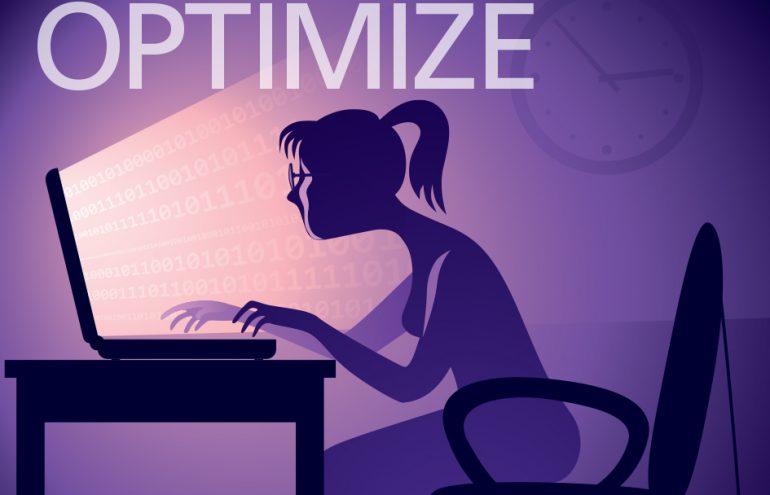It’s pretty clear that the web is going visual. As Google Chairman Eric Schmidt puts it, “The content of the Internet is video.” Google is adding new ways to explore images online. Even local business listing results are becoming more image-driven. Bing is following suit. And we know the power of images in the context of the social web.
So if there’s little question that the web is going visual, the question is what, if anything, lawyers can do to put the visual web to work for them.
The Visual Web
MIT’s Stephanie Hatch recently presented on why images are so important. According to Hatch:
- People process visual information faster.
- Some concepts are better explained by an image than by text.
- Posts with images usually get more engagement.
- Images generally take up more space in the news feed.
- Images interrupt long passages of text in a good way.
- Pages on your website that don’t have images cannot be pinned on Pinterest.
- Should your post be viewed in a context with others’ posts, your post will stand out.
- Illustrated text is more memorable.
Now, many lawyers will object that legal content doesn’t easily lend itself to visual representation. I encourage you to check out Nathaniel Burney’s The Illustrated Guide to Criminal Law. Admittedly, some of your content is probably not well-suited for visual media. But even text can be enhanced with images and videos.
But don’t take my word for it. Head over to your favorite social networking site. Look at the social posts that motivate the most engagement. Notice a pattern? I would bet that, even on casual inspection, you’ll find the posts in your social networks that get the most comments, likes, retweets, favorites and so forth, are the ones that contain visual media.
Now before you rush to add stock legal images to all of your posts, remember that authenticity matters. That is why you should use real photography. It’s amazing how many lawyers are still using faceless logos and icons for their social profiles. Do you engage with faceless profiles?
The Personal-Professional Conundrum
While only indirectly related to the issue of images, it’s worth noting the ongoing question of whether lawyers should use online social tools professionally only, personally only, both or neither. I’m not here to tell you what to do. You’ll have to make that decision for yourself.
However, for me, creating a personal-professional distinction is a mistake. We don’t exist in neatly segmented professional and personal contexts. In my opinion, people and businesses that approach social networking from the personal versus professional framework tend to miss the point.
To illustrate, forget about the Internet for a moment. Remember regular old-fashioned networking? Are you the type of person who only talks business during networking functions? Do you resist sharing your personality and personal interests? If so, I suggest that you’re probably one of the many people who struggle with creating, nurturing and solidifying professional relationships. And I contend the same holds true with professional networking online.
You have to let people in. Avoiding sharing stuff about you just feels unauthentic.
But can lawyers be interesting? As one quick example, Ken Levinson does a nice job of balancing his professional and personal “facebooking.” Ken’s posts usually motivate people to click “like,” leave a comment or share his posts and photos with their friends.
Again, you might be uncomfortable sharing much of your personal life online. But compare what Ken is doing with the lawyers who mindlessly auto-post low-quality posts from their “blogs,” post ads for free consultations and otherwise “market” themselves on social media. Ken is meeting new people, staying in touch with both his personal and professional circles and staying top-of-mind. Many other lawyers are merely annoying their audiences.
What About Ethics?
Of course, there are serious issues of privacy and ethics at play here, and I don’t mean to trivialize them. I’m not suggesting that you mindlessly post anything and everything that happens in your professional or private life to the open web. You should always operate under the presumption that if you put it online it’s public and permanent.
What I am saying is that sharing authentic images from your life experiences is the most effective way to put the visual social web to work for you. Keep in mind that visual media come in many varieties. Images, memes, infographics and videos can all contribute to making your web presence more visual.
Spend a little time experimenting with adding visual components to your online profiles. See what kind of feedback you get. I’ll bet you’ll be surprised to see how much more visual media resonates with the people you’re engaging online.
Gyi Tsakalakis helps lawyers put their best foot forward online because clients are looking for them there. He is a co-founder of AttorneySync, a digital marketing agency for law firms. Gyi writes Attorney at Work’s Optimize! column. You can find more of his writing at Lawyerist and Avvo’s Lawyernomics blog. You can ask him a question (or just say hi) at LinkedIn, Twitter, Google+ and Facebook.
Illustration ©istockphoto






















